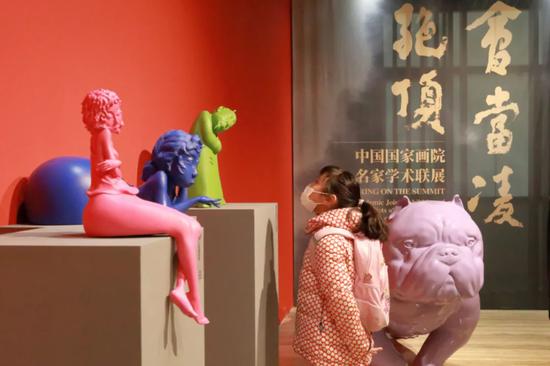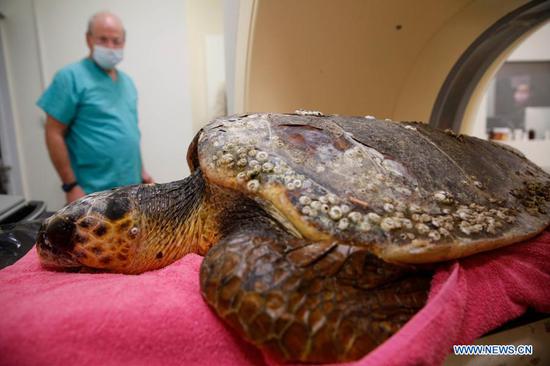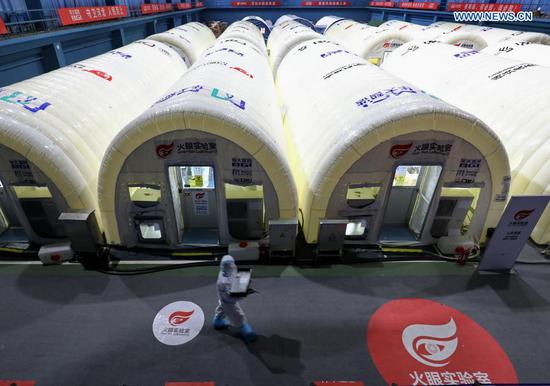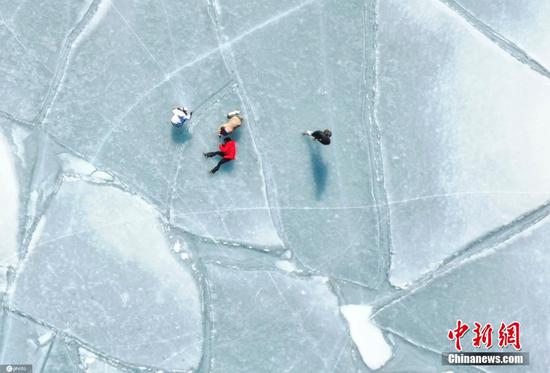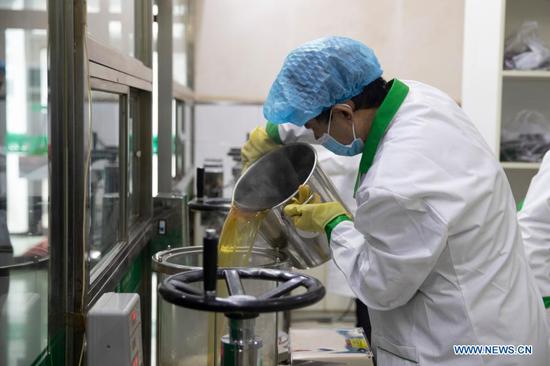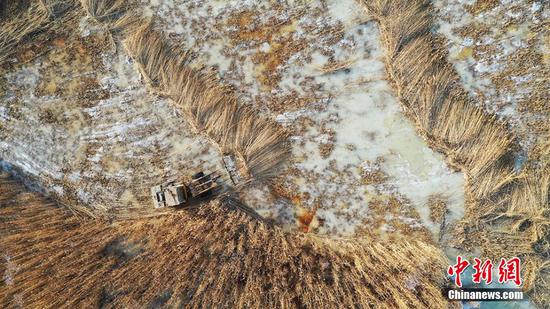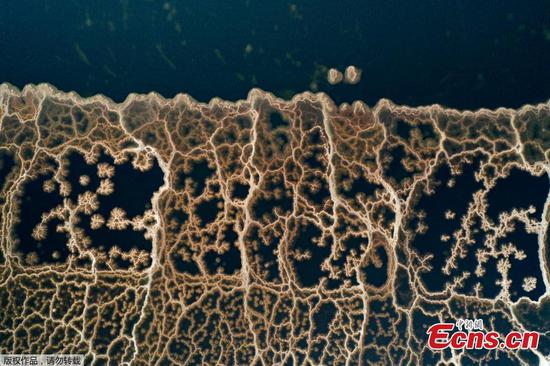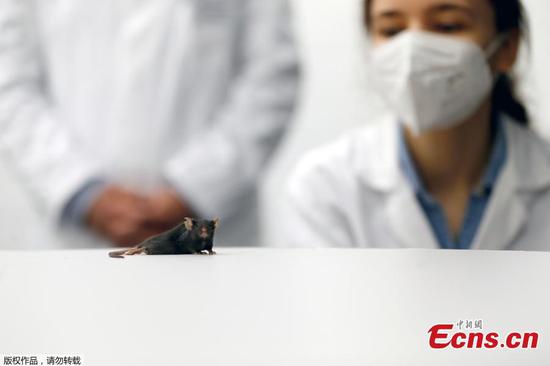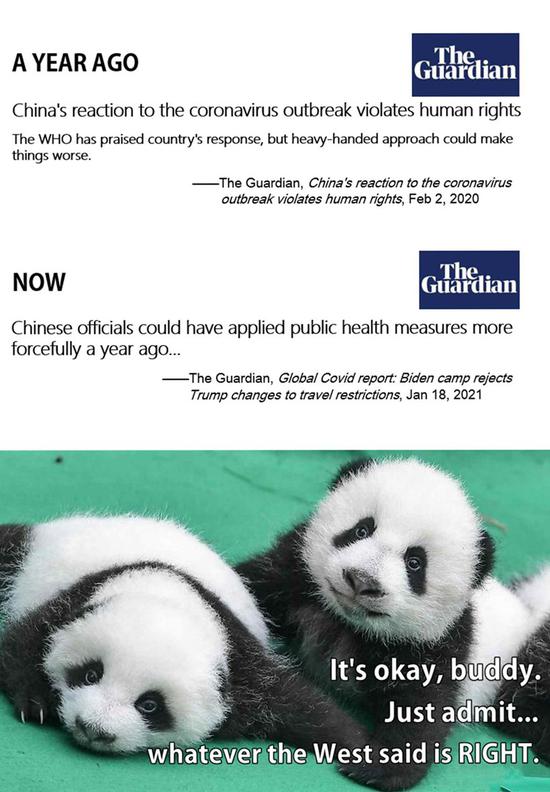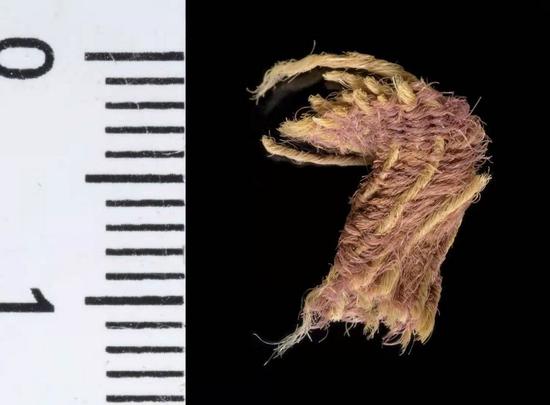
The Tel Aviv University (TAU) announces that Israeli archaeologists have discovered scraps of fabric dyed in royal purple, dating back to about 3,000 years ago, in Tel Aviv, Israel, on Jan. 28, 2021. (Xinhua/Dafna Gazit, Israel Antiquities Authority)
Israeli archaeologists have discovered scraps of fabric dyed in royal purple, dating back to about 3,000 years ago, the Tel Aviv University (TAU) said on Thursday.
The fabrics were found in Timna Valley, an ancient copper production district in southern Israel, by a team from the TAU and Bar Ilan University, along with the Israel Antiquities Authority.
In their study, published in the journal PLOS ONE, the researchers found remnants of woven fabric, a tassel and fibers of wool dyed with royal purple.
The dye, produced from mollusks found in the Mediterranean Sea, over 300 km from Timna, is often mentioned in the Bible and appears in various Jewish and Christian contexts.
This is the first time that purple-dyed Iron Age textiles have been found throughout the Southern Levant area, the researchers noted.
"In antiquity, purple attire was associated with nobility, priests and royalty," they explained.
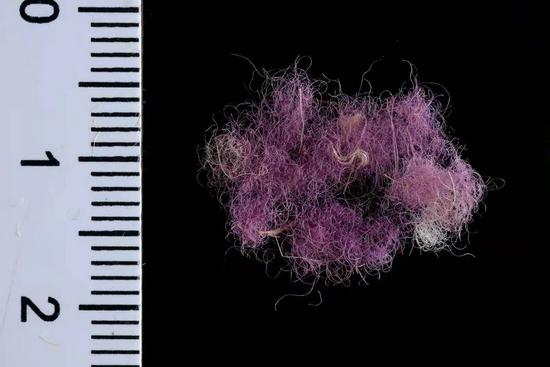
"The gorgeous shade of purple, the fact that it does not fade, and the difficulty in producing the dye all made it the most highly valued, with often higher cost than gold," they added.
Also, animal-based dyes were much more prestigious than the common plant-based dyes and served as an important indicator for the wearer's high economic and social status.
The team also identified a double-dyeing method in one of the fragments, in which two species of mollusk were used in a sophisticated way, to enrich the dye.
"The new finds attest to a stratified society, as well as to trade relations it had with other peoples on the coastal plain, since the mollusks were indigenous to the Mediterranean," the researchers concluded.













